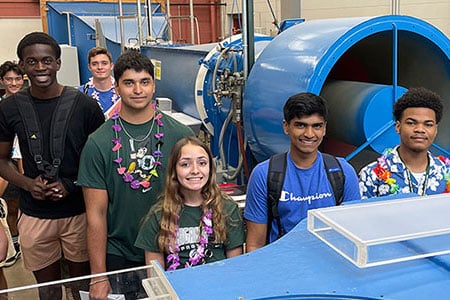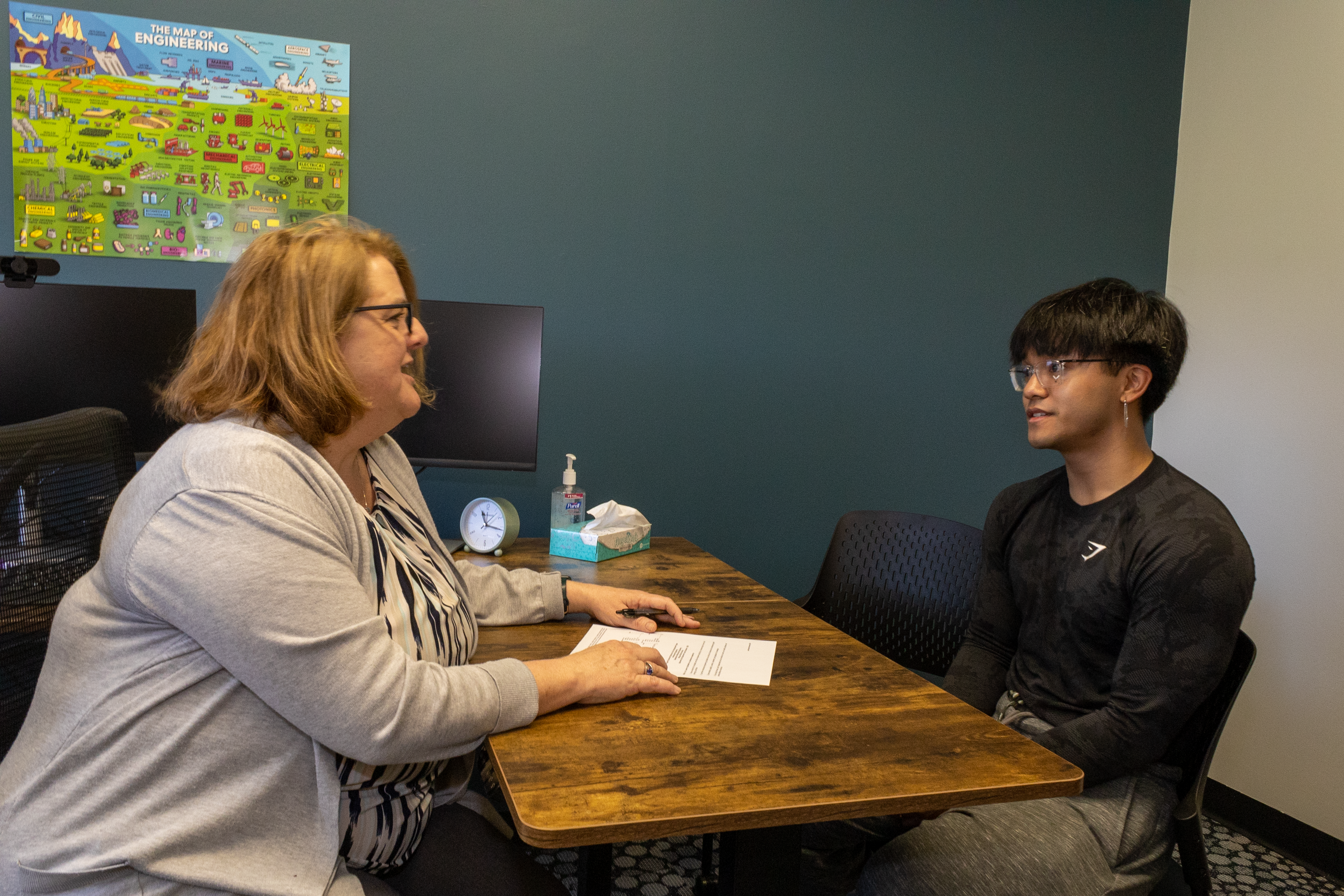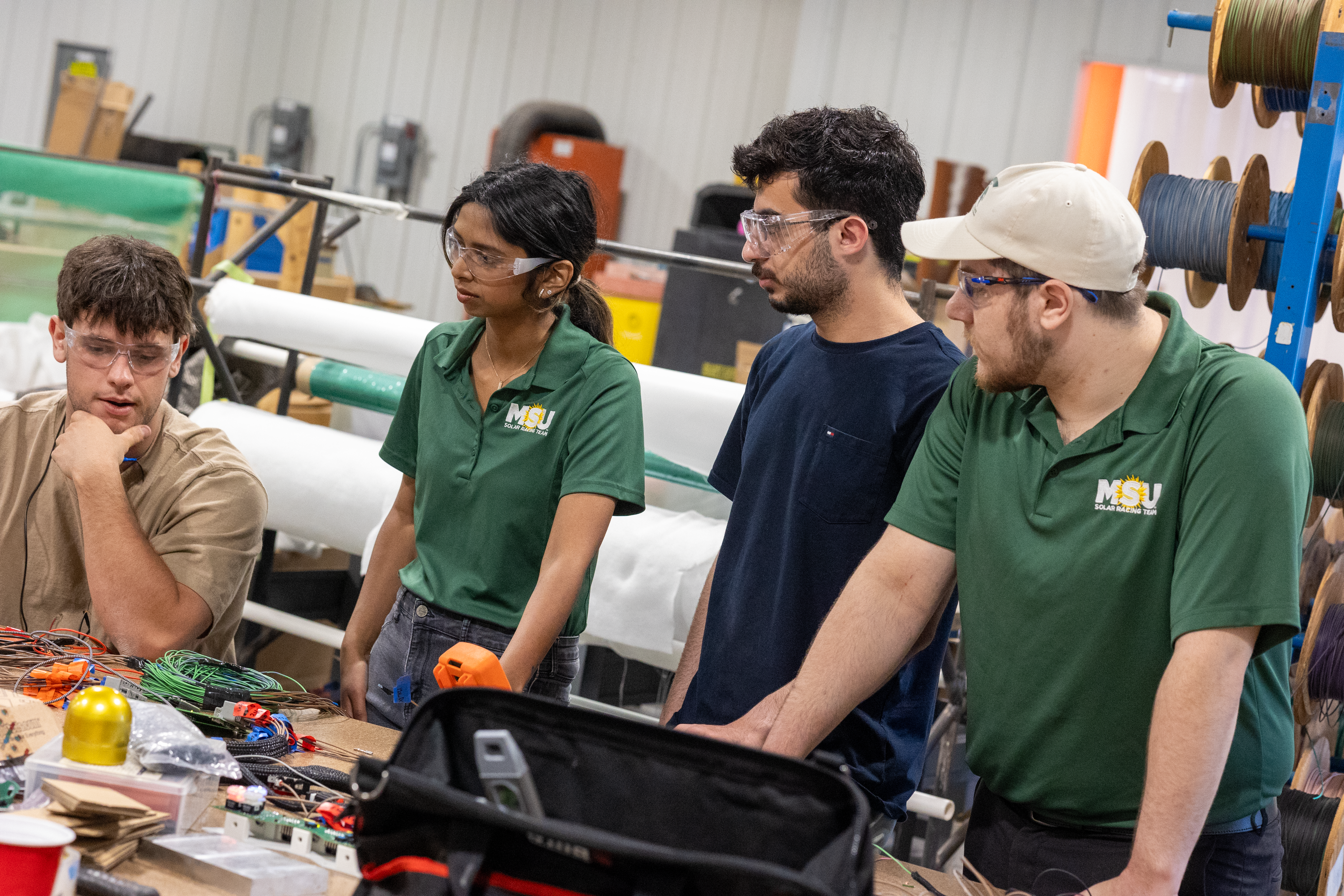
Dana Spence
Professor
Department of Biomedical Engineering, College of Engineering
775 Woodlot Dr Rm 1042
Biography
Solving biological problems at the molecular level with the help of novel biotechnology method development is the primary goal in the Spence group. To accomplish this goal, our group blends a variety of methods found not only in the chemical sciences, but also bioengineering, pharmacology, and physiology. Our publication record is exemplary of this broad approach to solving problems; specifically, in the past 3 years, our group has published papers in journals whose primary focus is analytical c
Read moreEducation
B.S., 1992, Grand Valley State Univ.
Ph.D., 1997, Michigan State Univ.
Publications
Microfluidic evaluation of red cells collected and stored in modified processing solutions used in blood banking?, Wang, Y.; Giebink, A.W.; Spence, D.M., Integrative Biology 2014, 6, 65-75. (C&E News full page story, Feb 3, 2014 issue, page 30)
Evaluation of 3D Printing and Its Potential Impact on Biotechnology and the Chemical Sciences, Gross, B.C.; Erkal, J.L.; Lockwood, S.Y.; Chen, C.; Spence, D.M. Analytical Chemistry 2014, 86, 3240-3253. (Cover Article)
Endothelium Nitric Oxide Production is Increased by ATP Release from Red Blood Cells Incubated with Hydroxyurea, Lockwood, S.Y.; Erkal, J.L.; Spence, D.M., Nitric Oxide 2014, 38, 1-7.
...
Read more




